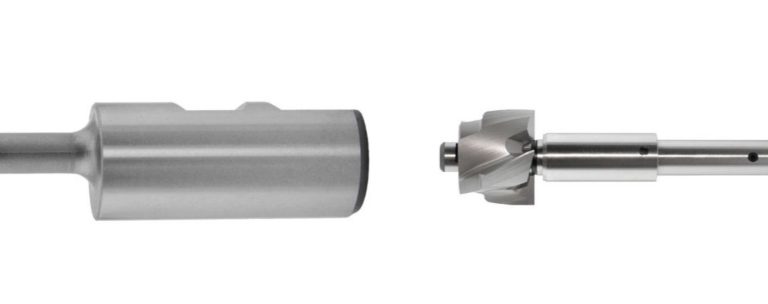Making the Case for Change: 4 Ways to Approach Change Management in Manufacturing

Your manufacturing firm is considering its largest capital investment to date: a new piece of equipment that will streamline an otherwise highly manual process.
While the benefits look promising, the stakes are high: will it prove to be a sound decision that ultimately saves your company time and money – or will this decision put your firm in a financial deficit?
The truth is, much of your success relies upon how well you plan to manage that proposed change. Whether it’s a large machine, a simple tooling solution or new software, both management and staff can be slow to adopt the very changes that could validate an expenditure and deem it successful. So what gives?
In this blog, we’ll take a look at the top four challenges to change management that we’ve come across in the manufacturing world, along with the solutions to help overcome them.
Challenge 1: Seeking approval
Let’s face it — executives are never going to jump at the idea of spending money, and are even less likely to sign off on something that disrupts production. Without a thorough, thoughtful analysis to prove how and why a capital expenditure would be valuable to your company, your efforts for seeking approval will likely be futile.
The solution: Gather all necessary details and present a thoughtful proposal that lays out all the benefits and the drawbacks of a particular solution. Do all relevant calculations upfront — for example, in the case of a new machine, what is the cost? How many hours in manpower will it save? What are the cost savings when compared to the old machine? How much will it increase throughput? Perform your cost-benefit analysis upfront, and if possible, try to provide alternate solutions as back-ups.
Challenge 2: Getting your staff on board
Seeking approval from management is just the beginning. Even once that is accomplished, staff can be slow to warm to anything that threatens “the way things are normally done.” Despite your efforts to explain to employees the potential value that a given solution might provide, it’s natural for people to push back on changes – especially if those changes feel suddenly forced upon them. Read more on resistance to change.
The solution: Involve team members from the very beginning – especially those who will be most impacted. Show them how your proposed solution will directly benefit them. Ask your team for feedback and opinions, involve them in your cost-benefit analysis, and include key team members when you present ideas to senior management. By involving your team from the start, they are far more likely to take ownership in the decision and help champion the change for others.
Challenge 3: Sticking with it
You’ve made it this far: you purchased a new solution, demonstrated its benefits and trained your team on the new process. But it’s not too long before you realize that on the floor, things aren’t exactly going as planned: some of your staff has reverted to the old processes that you worked so hard to replace. This scenario not only creates inconsistencies in operations, but makes it difficult to validate the long-term value of your expenditure.
Solution: Develop a validation plan that lays out guidelines and a timeline for your process change. Before you roll out your changes, define and formalize your goals and expectations, then share them with your team so they feel collectively motivated to hit goals. For instance, will a new tooling solution increase throughput by a certain percentage? From the time of the first run-off, how long will it take your team to achieve that goal? Once you define the criteria upon which to measure success, it will be easier to track and measure improvements and/or identify inefficiencies. It’s also important to periodically follow up with your team to check progress to make sure they are following through with the changes, as well as identifying anything that is not working as planned.
Challenge 4: Proving value over time
You’re eager to show senior managers how the solution you proposed improves operations over time — but not all solutions show immediate value. For a large capital expenditure like a large piece of new equipment, for example, it may be several years before your manufacturing firm realizes any financial or operational gain.
Solution: Here again, it’s necessary to perform your cost/payback analysis early in the process. This will help you set reasonable benchmarks that can help you stay on track in measuring the value of your investment. You may even want to seek outside financial expertise to help you create accurate projections for your analysis.
All in all, implementing a new solution and its accompanying new processes may feel like an uphill battle — but when you apply a thoughtful and strategic approach, the rewards can far exceed the risks.
Whichever solution you’re considering, don’t forget to ask your vendor for help, too. A prospective vendor should be able to help you with a cost-benefit analysis and other key calculations to help guide your decision. (For example, take a look at our Cycle Time Calculator that helps manufacturers understand how much time and money they can save with the Autofacer®.)






